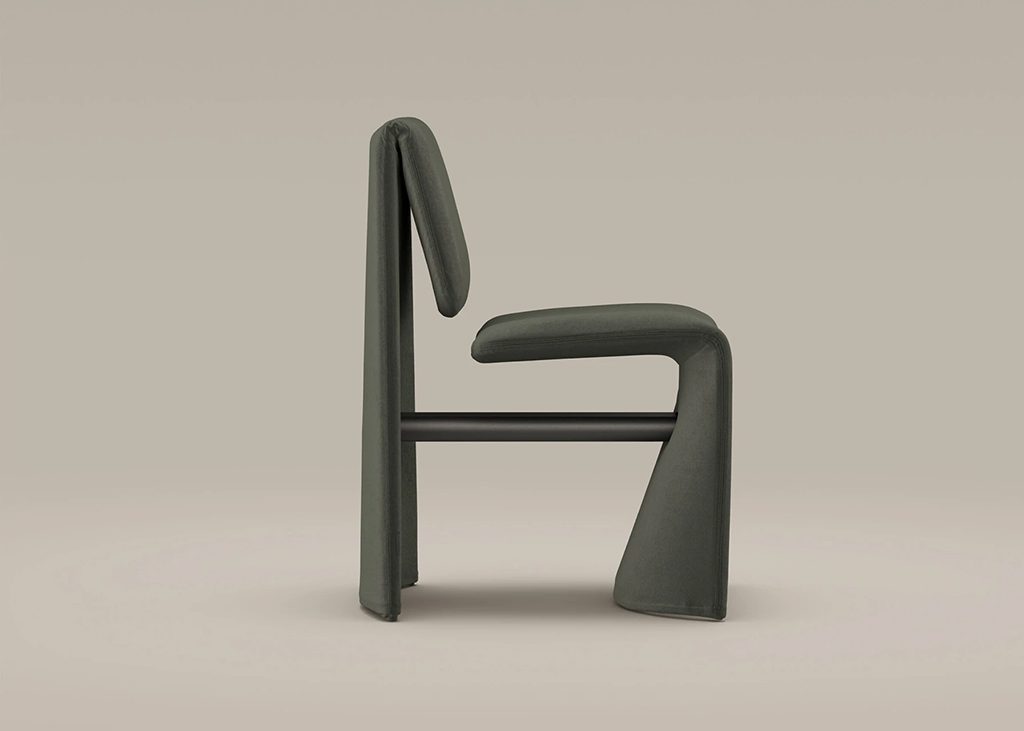
Designed by Fabrice Berrux, the Avant-Garde chair represents the evolution of a precise formal and constructive vision: with its recognizable aesthetic, the end product has a well-defined and functional identity. The project explores the concept of visual lightness and suspension. The backrest and seat are made up of two distinct curved lines, joined by a metal tube while the space that separates them reduces the visual impact and generates a sense of balance and fluidity. However, this is not a simple aesthetic choice, but rather a design solution conceived for comfort: the structure is modelled on the human body, offering a welcoming and clearly balanced seat. Thanks to its strong visual identity and formal lightness, the Avant-Garde chair becomes a characterizing element in both private and public contexts, enhancing any space regardless of the design language that defines it.
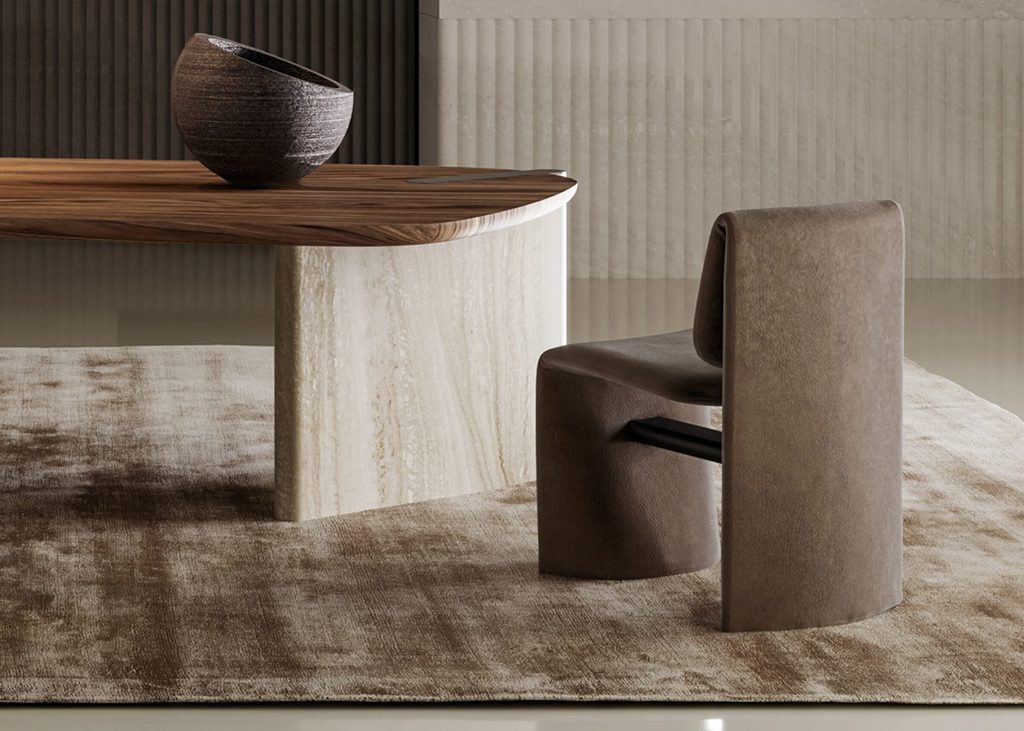
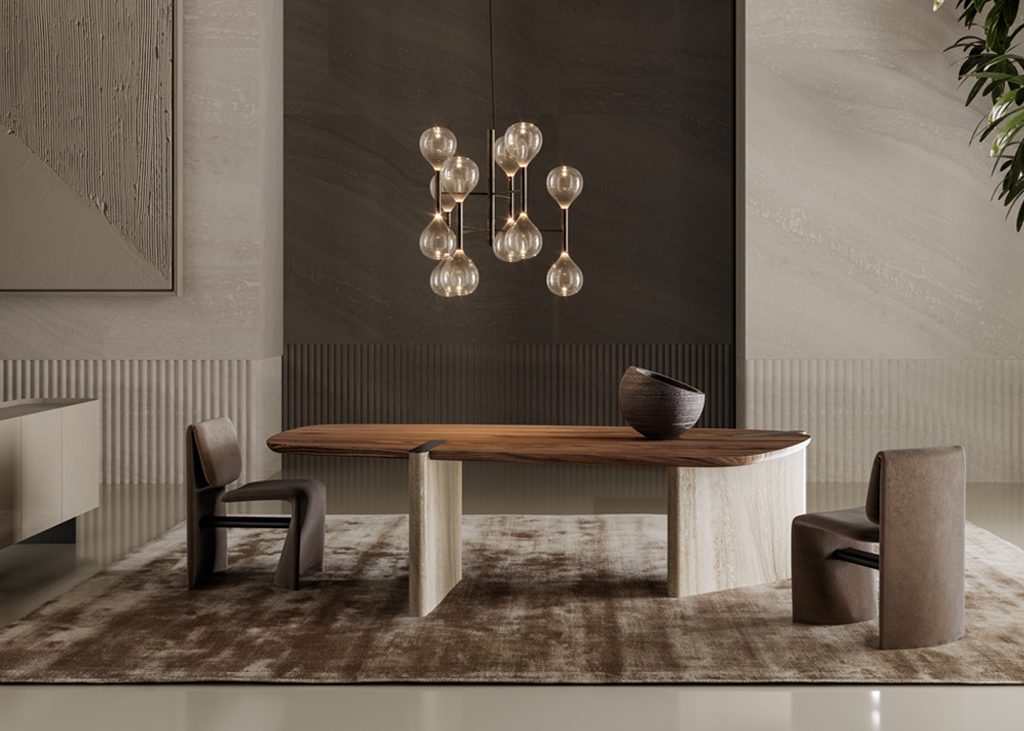
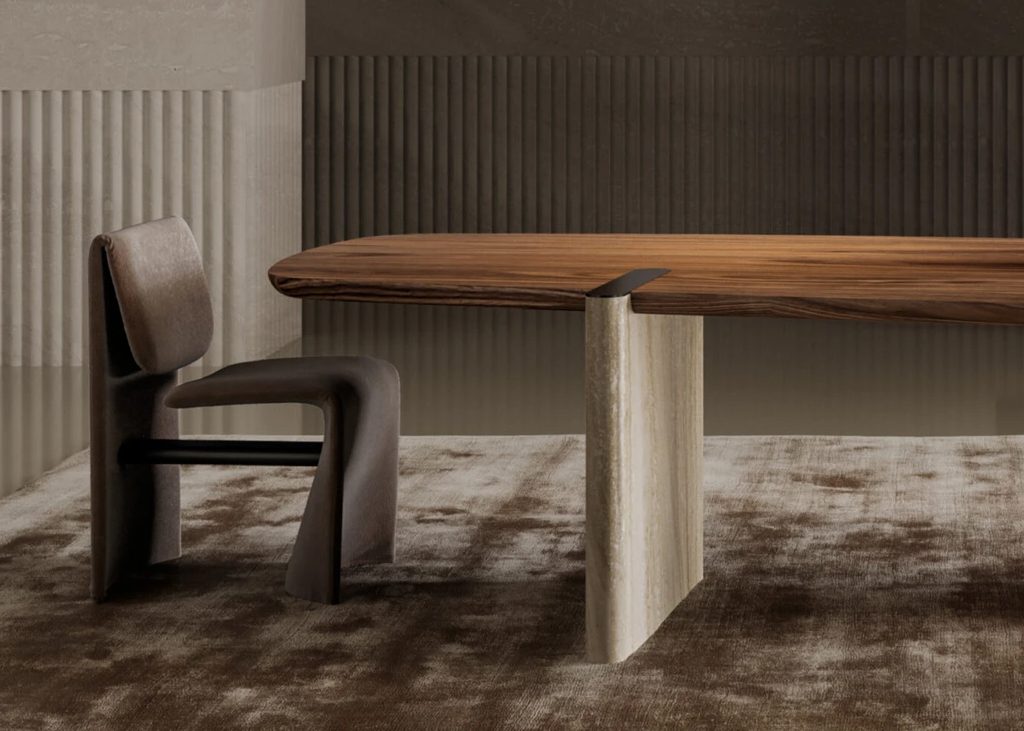
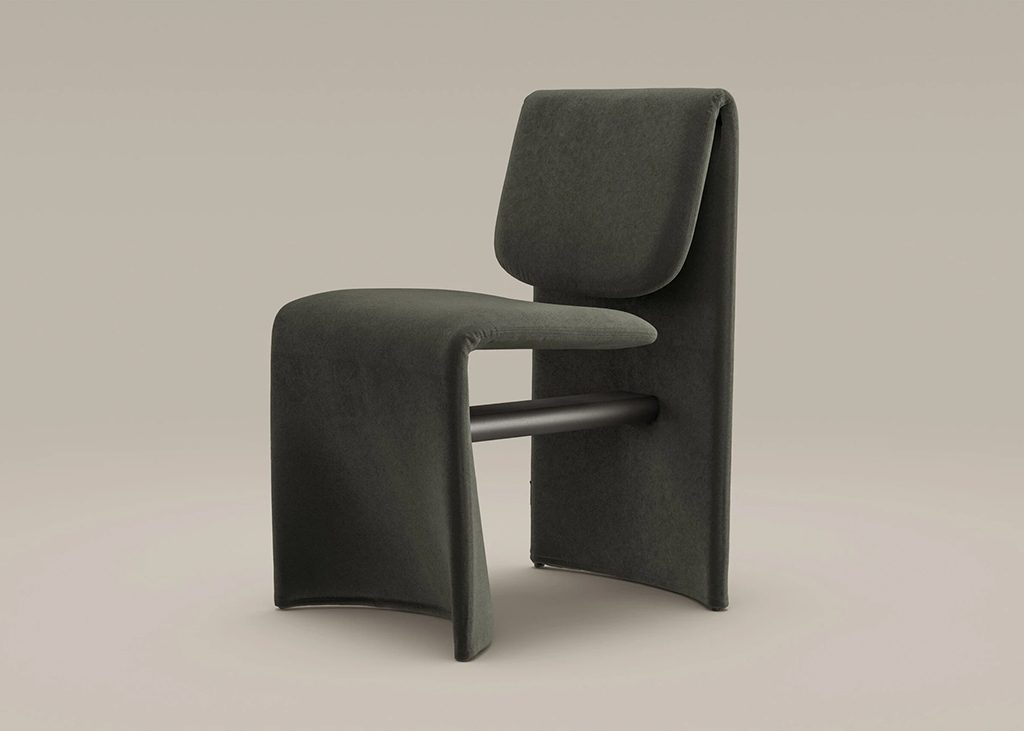
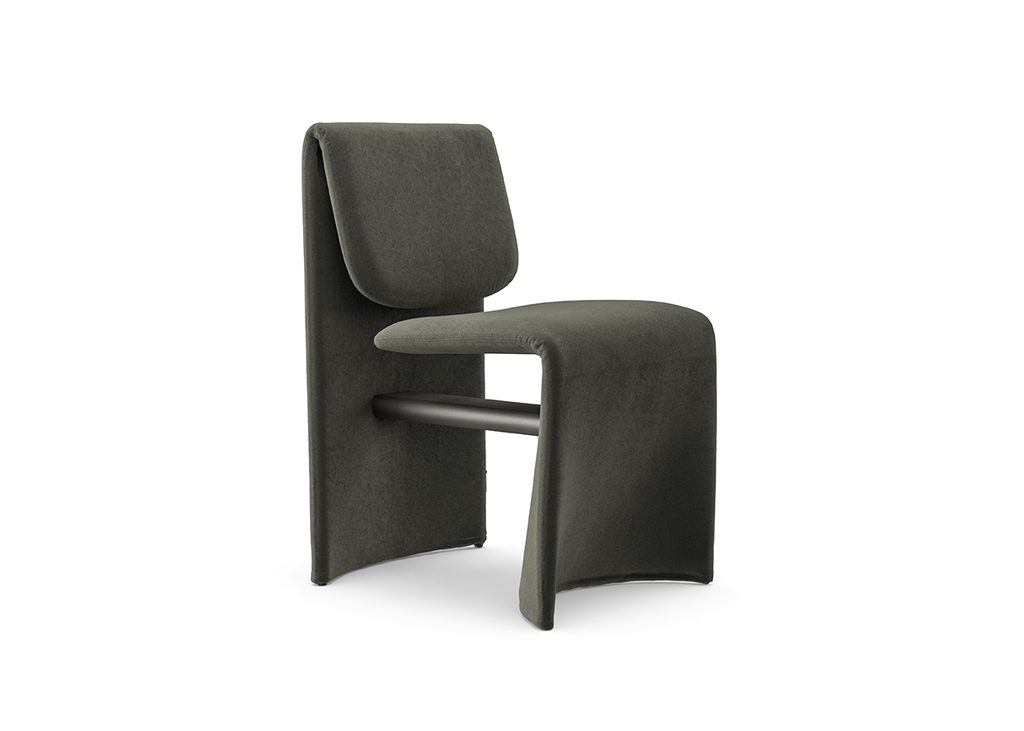
Designed by Fabrice Berrux, the Avant-Garde chair represents the evolution of a precise formal and constructive vision: with its recognizable aesthetic, the end product has a well-defined and functional identity. The project explores the concept of visual lightness and suspension. The backrest and seat are made up of two distinct curved lines, joined by a metal tube while the space that separates them reduces the visual impact and generates a sense of balance and fluidity. However, this is not a simple aesthetic choice, but rather a design solution conceived for comfort: the structure is modelled on the human body, offering a welcoming and clearly balanced seat. Thanks to its strong visual identity and formal lightness, the Avant-Garde chair becomes a characterizing element in both private and public contexts, enhancing any space regardless of the design language that defines it.